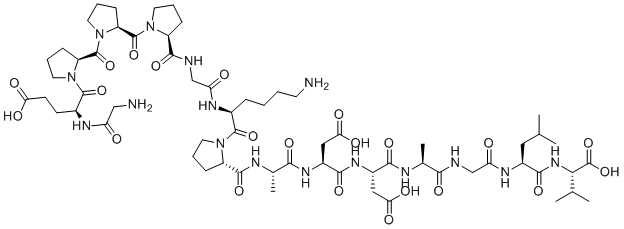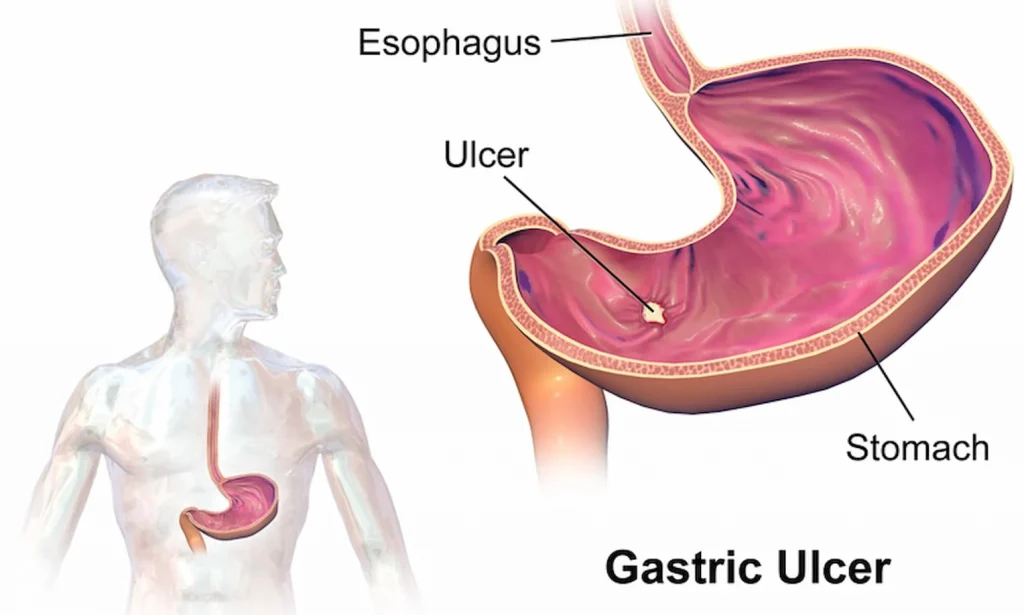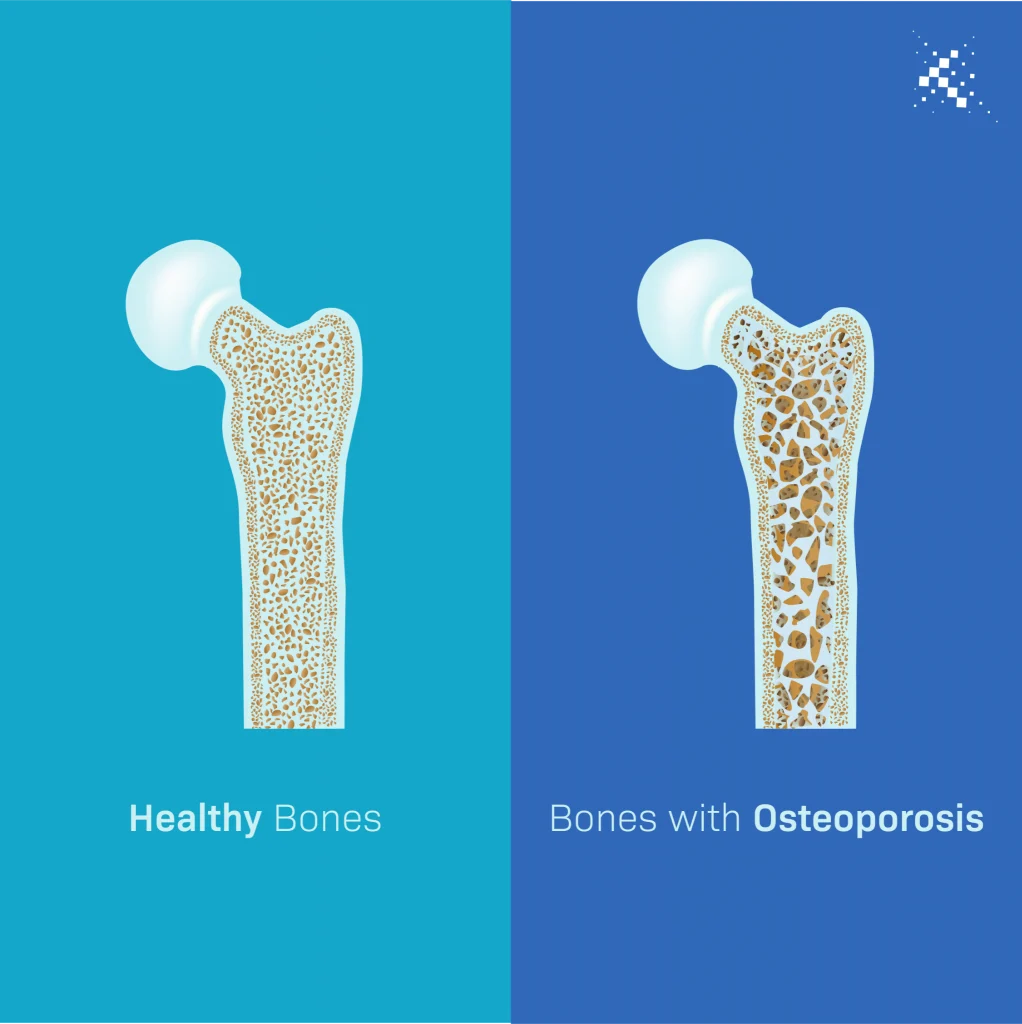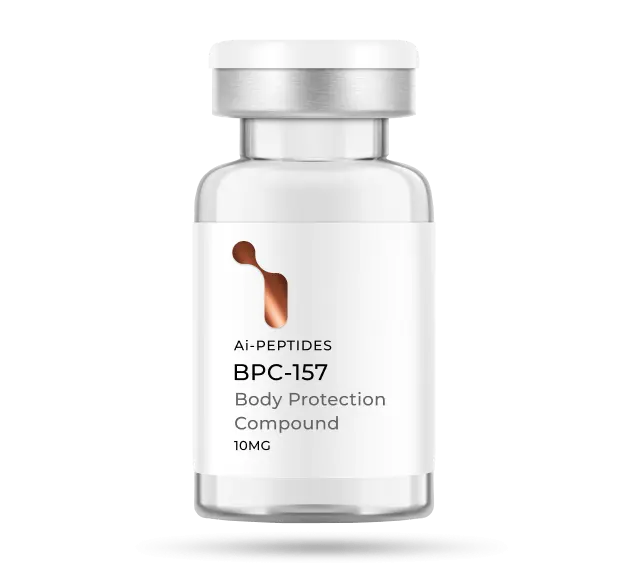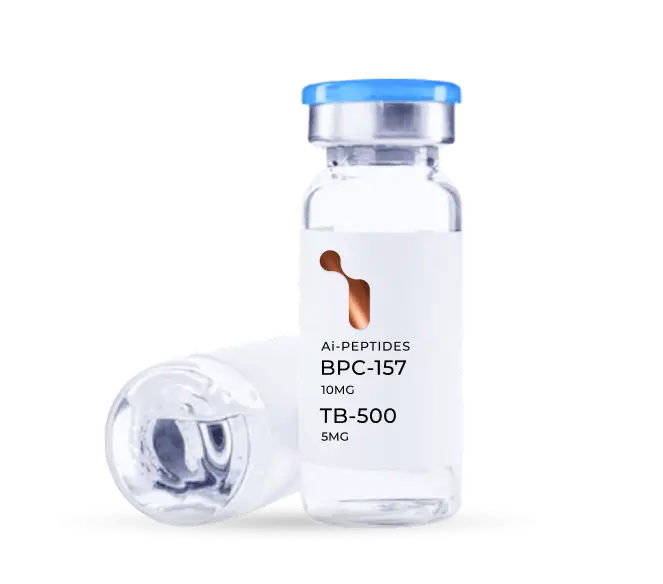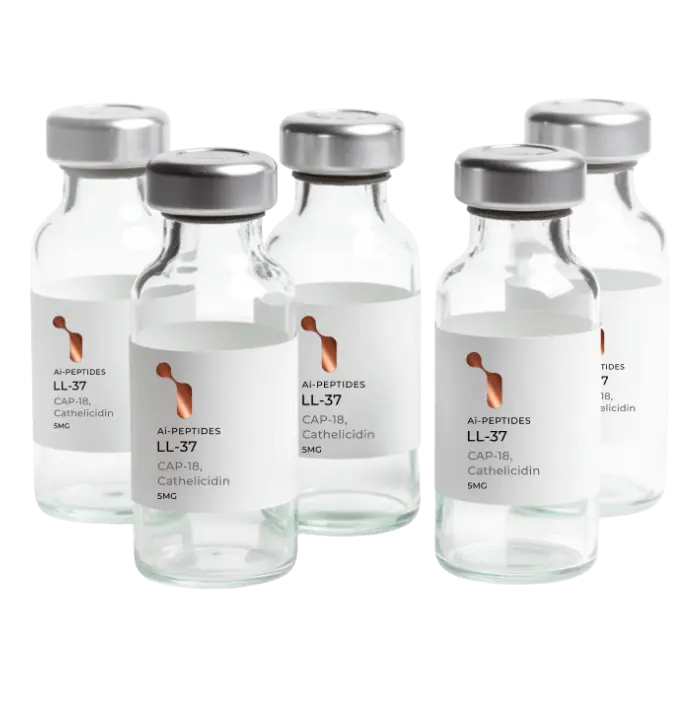How Does BPC 157 Work?
BPC 157 is a derivative of a natural protein called body protection compound (BPC). BPC was first isolated from the digestive system where it plays an important role in protecting the stomach lining from stomach acid. Research has since revealed that the healing properties of BPC 157 extend well beyond the gut. The peptide has been shown to boost wound healing in a variety of tissues, increase the rate of blood vessel growth, improve blood clotting, and enhance the immune system.To understand how BPC 157 can have such wide-ranging effects, it is necessary to start at the most basic level of its activity to see how its properties build upon one another to create an excellent healing peptide.
How Does BPC 157 Work in Blood Vessels?
Research shows that BPC 157 works in two different ways in blood vessels. First, it helps blood vessels to relax so that blood flows more easily through them. It does this by increasing concentrations of a natural compound called nitric oxide. Nitric oxide is critical to not just maintaining blood pressure, but to maintaining the health of the endothelial cells that line blood vessels. (11)

